 1999 Renault Megane I (Phase II, 1999) Dimensions, Size & Specs
1999 Renault Megane I (Phase II, 1999) Dimensions, Size & SpecsMeasurements of the 1999 Renault Megane I, engineered for optimal performance and comfort
| Dimensions | |
|---|---|
| Length: | 4164 mm163.9 in13.7 ft |
| Width: | 1698 mm66.9 in5.6 ft |
| Height: | 1420 mm55.9 in4.7 ft |
| Trunk Capacity: | 348 liter12.3 cu ft |
| Trunk Capacity (Max): | 1210 liter42.7 cu ft |
| Weight Specifications | |
| Curb Weight: | 1065-1175 kg2348-2590 lbs |
| Maximal permitted Weight: | 1580-1685 kg3483-3715 lbs |
| Roof Load: | 80 kg176 lbs |
| Tire Specifications | |
| Rims Sizes: | 14-inch rims:
|
| Tire Sizes: |
|
The Renault Megane I (Phase II), produced from 1999 to 2003, is a versatile compact hatchback known for its balanced dimensions and practical design. Measuring 4164 mm (163.9 inches) in length, 1698 mm (66.8 inches) in width, and standing 1420 mm (55.9 inches) tall, it offers a well-proportioned exterior ideal for urban maneuverability and comfortable interior space. The curb weight of the vehicle ranges between 1065 to 1175 kg (2349 to 2591 lbs), reflecting its compact class while maintaining sturdy build quality. Maximum weight capacity spans from 1580 to 1685 kg (3487 to 3715 lbs), accommodating passengers and cargo efficiently. The luggage compartment provides 348 liters (12.3 cubic feet) of space with rear seats upright, which can expand significantly to 1210 liters (42.7 cubic feet) when the rear seats are folded down, catering to diverse storage needs. Roof load capacity is rated at 80 kg (176 lbs), allowing additional cargo capacity via roof racks. The Megane I Phase II rides on rims sized between 5.5J x 14 and 6J x 15, paired with tire options varying from 175/65 R14 to 185/60 R15, balancing comfort and handling. This generation of the Megane is a prime example of late 90s compact hatchbacks, merging efficient dimensions with practicality, making it an excellent choice for comparison in car size analysis and urban-focused vehicle discussions.
Discover the standout features that make the 1999 Renault Megane I a leader in its class
Have a question? Please check our knowledgebase first.
The Renault Megane I (Phase II, 1999) has a length of 4164 mm (approximately 163.9 inches), a width of 1698 mm (about 66.8 inches), and a height of 1420 mm (roughly 55.9 inches). These dimensions make it a compact hatchback suitable for urban and suburban driving, offering a balanced profile that fits well within its segment.
The curb weight of the Renault Megane I (Phase II, 1999) ranges between 1065 kg to 1175 kg (approximately 2349 to 2591 lbs). This moderate weight contributes to nimble handling and relatively good fuel efficiency for its class during its production years. A lighter curb weight generally helps with acceleration and braking, while also reducing fuel consumption.
This generation of the Renault Megane offers a luggage capacity of 348 liters (about 12.3 cubic feet) with the rear seats in place. When the rear seats are folded down, the capacity expands significantly to 1210 liters (approximately 42.7 cubic feet). This flexibility makes it practical for everyday use as well as for carrying larger items or luggage for trips.
The Megane I (Phase II) has a maximum roof load capacity of 80 kg (176 lbs). This makes it capable of carrying roof racks, bicycles, or cargo boxes, but it’s important not to exceed this limit to maintain vehicle stability and safety. Always ensure that roof loads are evenly distributed and secured properly during transit.
Yes, the Renault Megane I (Phase II, 1999) generally fits comfortably in a standard garage. Given its length of 4164 mm (163.9 inches), width of 1698 mm (66.8 inches), and height of 1420 mm (55.9 inches), it is compact enough to leave space around the vehicle for opening doors and maneuvering. However, garage sizes vary, so it's recommended to measure beforehand for tight fits.
The Phase II of the Megane I maintained a very similar size to the Phase I, with minor refinements in styling rather than significant changes in dimensions. Both versions remained within the compact hatchback category, with slight tweaks improving aesthetics and aerodynamic efficiency but not substantially altering exterior dimensions or interior space.
The Renault Megane I (Phase II) came with various rim sizes ranging from 5.5J x 14 up to 6J x 15, paired with tire sizes including 175/65 R14, 175/70 R14, 185/55 R15, and 185/60 R15. These tire and rim combinations contribute to a balanced ride, stability, and responsive handling typical of a compact hatchback aiming for comfort and agile urban driving.
Compared to similar compact hatchbacks from the late 1990s and early 2000s, such as the Volkswagen Golf Mk4 and Ford Focus Mk1, the Megane I (Phase II) is competitively sized. Its length of 4164 mm and luggage capacity of 348 liters are on par with these rivals, making it a practical choice for daily commuting and small families. The Megane's flexible luggage space with fold-flat rear seats is a notable advantage in utility.
The maximum weight of the Renault Megane I (Phase II, 1999) ranges from 1580 kg to 1685 kg (approximately 3483 to 3715 lbs). This gross vehicle weight rating (GVWR) indicates the total permissible weight of the car including passengers, cargo, and fuel. With a curb weight around 1065-1175 kg, the payload capacity can range roughly between 405 to 620 kg (893 to 1367 lbs), depending on model and equipment, offering reasonable load-carrying capability for its class.
With a height of 1420 mm (about 55.9 inches), the Megane I (Phase II) provides adequate headroom for most passengers, creating a comfortable seating environment without feeling overly cramped. This height balances aerodynamic design with interior space, ensuring passengers enjoy good visibility and comfort, particularly important in a compact hatchback where space utilization is key.
Discover similar sized cars.
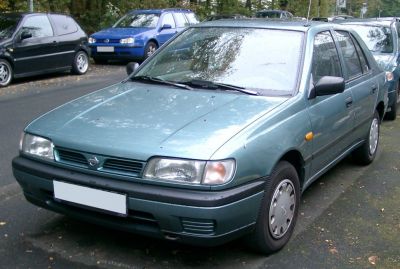
| Production: | 1990-1995 |
|---|---|
| Model Year: | 1991 |
| Length: | 4145 mm163.2 in |
| Width: | 1690 mm66.5 in |
| Height: | 1395 mm54.9 in |
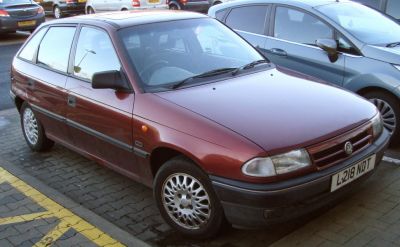
| Production: | 1991-2000 |
|---|---|
| Model Year: | 1991 |
| Length: | 4049-4239 mm159.4-166.9 in |
| Width: | 1795 mm70.7 in |
| Height: | 1410 mm55.5 in |
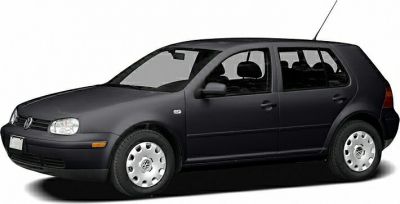
| Production: | 2003-2008 |
|---|---|
| Model Year: | 2004 |
| Length: | 4204-4246 mm165.5-167.2 in |
| Width: | 2010 mm79.1 in |
| Height: | 1465-1498 mm57.7-59.0 in |
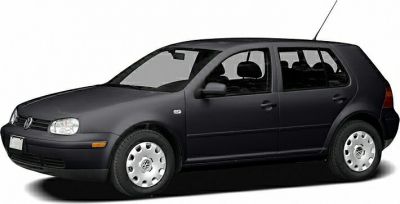
| Production: | 2003-2008 |
|---|---|
| Model Year: | 2004 |
| Length: | 4204-4246 mm165.5-167.2 in |
| Width: | 2010 mm79.1 in |
| Height: | 1465-1501 mm57.7-59.1 in |

| Production: | 2008-present |
|---|---|
| Model Year: | 2008 |
| Length: | 4180 mm164.6 in |
| Width: | 1755 mm69.1 in |
| Height: | 1460 mm57.5 in |
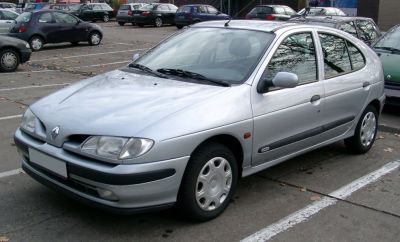
| Production: | 1996-1999 |
|---|---|
| Model Year: | 1996 |
| Length: | 4129 mm162.6 in |
| Width: | 1699 mm66.9 in |
| Height: | 1420 mm55.9 in |
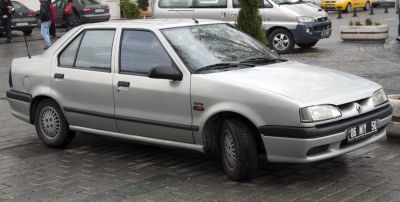
| Production: | 1996-2000 |
|---|---|
| Model Year: | 1996 |
| Length: | 4162 mm163.9 in |
| Width: | 1696 mm66.8 in |
| Height: | 1412 mm55.6 in |
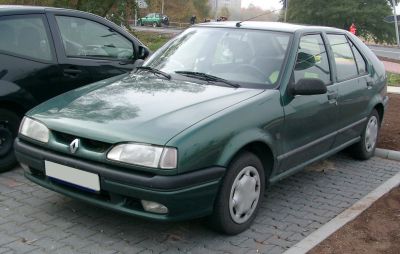
| Production: | 1992-1996 |
|---|---|
| Model Year: | 1992 |
| Length: | 4162 mm163.9 in |
| Width: | 1696 mm66.8 in |
| Height: | 1417 mm55.8 in |
